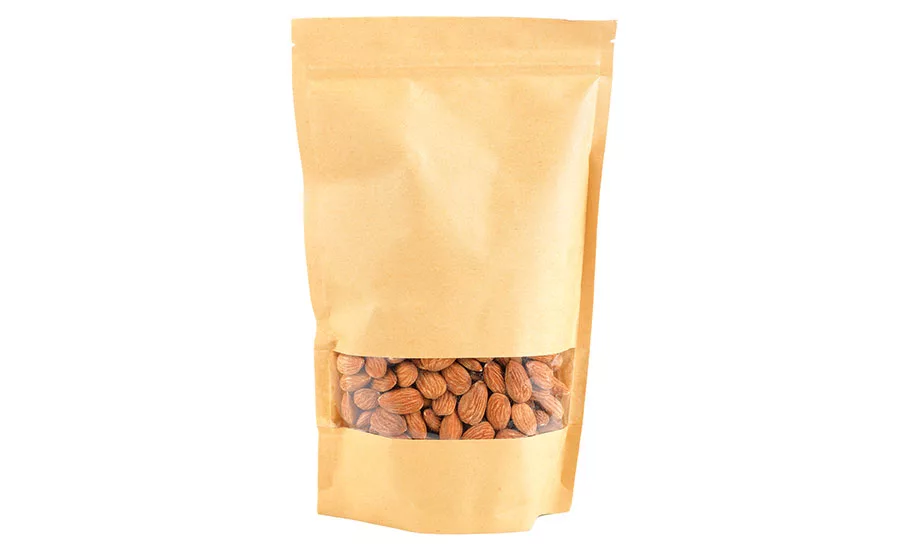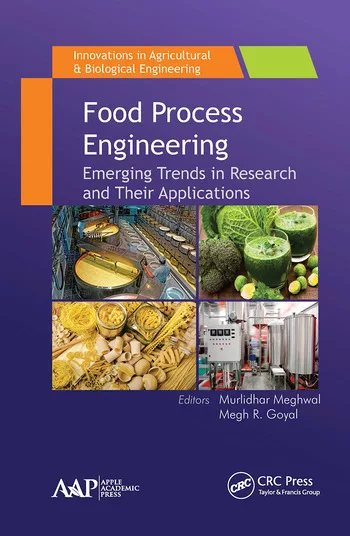PACK EXPO
5 trends that are driving packaging updates

For companies that promote sustainability, packaging is moving toward novel materials to cut plastic.
Photo courtesy of Getty Images
As the global food packaging market approaches $400 billion by 2025, consumer desires and modern lifestyles continue to facilitate a shift in how people perceive food, according to “Trends and Advances in Food Packaging and Processing” from PMMI, The Association for Packaging and Processing Technologies.
Many of the same consumer trends from recent years are still relevant today, with the most popular trends being health-conscious foods that include a focus on sustainability.
Learn more about new machinery, materials and trends in food and beverage packaging.
From a processing end, five trends remain consistent entering 2020, and each plays a direct role in packaging developments.
1. Clean labels
Consumers are interested in foods with recognizable ingredients that are free from artificial additives and have been steadily moving away from refined sugar. According to PMMI’s report, 37% of U.S. consumers find it important to understand ingredients on food labels, and 91% believe that products with recognizable ingredients are healthier.
Food processors are reformulating recipes to include natural, healthier ingredients in all food categories. To meet clean labeling demands, packaging must offer clear product images and easily readable and identifiable labeling filled with information about package size and nutritional content.
2. Plant-based ingredients
Plant-based foods have outpaced the growth of the broader food market by over 500%. In specific categories, such as dairy and meat, disruptive products introduced in the last few years have further widened the gap in the growth margins.
With plant-based food positioned as a viable option to environmentally taxing animal products, packaging cannot negate any gains by adding nonrecyclable packaging. With an ultimate goal of zero landfill, plant-based food companies are particularly interested in packaging materials that are plant-based to be more recyclable or compostable.
3. Lifestyle foods
Functional foods have continued to grow as consumers trend toward health-conscious choices, driving demand for natural products that help manage weight, moods, energy and sleep. These items appeal to health-conscious generations, young and old.
Longer lifespans have allowed food and drink manufacturers to design products that maintain and enhance bone, joint, brain and eye health. Snacks are replacing meals at an increasing pace as healthier ingredients, portion sizes and convenient portable packaging make it easier to eat away from home and on the go. Sophisticated flavors appeal to adult snackers, and in most cases, flexible packaging serves as the container of choice for portability, resealable capabilities and stand-up pouches.
4. Sustainability
Consumers prefer their food to be consciously sourced and ethically produced. Food companies are emphasizing their role in facilitating a farm-to-table experience. Packaging sustainability ranks as a significant concern for consumers who prefer materials from recycled goods that are also recyclable.
The next sustainability frontier is the biodegradable and compostable market. Packaging is moving toward novel substrates to avoid plastic and decrease degradation times. Companies with organic products want plant-based packaging materials.
5. Traceability
Processors are reevaluating their track and trace systems and auditing recall processes as food contamination recalls rise and counterfeiting increases. Food companies are reminding suppliers that they need their help in staying FSMA compliant. Typically anchored in traditional barcodes, companies are investing more and more in smart technology, like QR codes and specialty packaging designed to connect with the consumer. Blockchain continues to sit on the fringes of the packaging traceability conversation. Still, a need could arise in the future for better food safety and tracking knowledge to follow the product. Blockchain can also be used for recycling products.
Spend one-on-one time with suppliers who can meet emerging food packaging needs and industry trends at the PMMI-produced PACK EXPO East 2020 (March 3-5; Pennsylvania Convention Center, Philadelphia). With over 100,000 net square feet of exhibit space, this three-day event will bring together 7,000 attendees, with 400 companies showcasing new technologies.
Looking for a reprint of this article?
From high-res PDFs to custom plaques, order your copy today!







